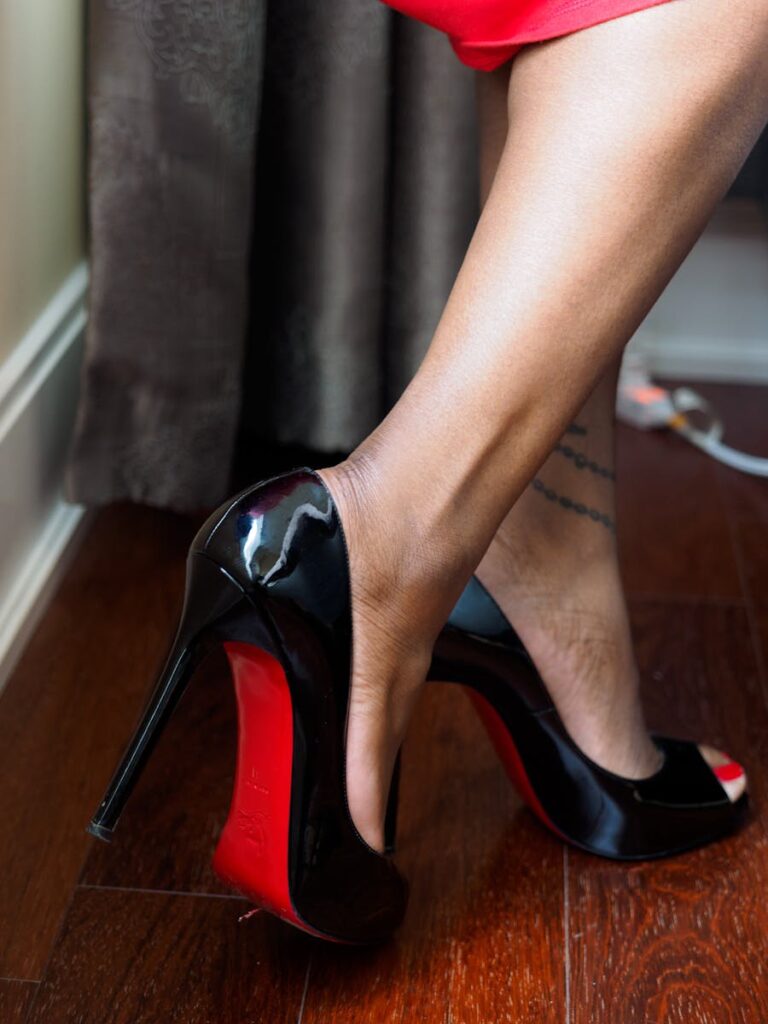Ever stumbled upon an ad that left you questioning everything? That was my reaction when I encountered an Instagram ad for pajamas by Negative Underwear priced over $100, only to find they were made from 100% polyester. I couldn’t help but let out a disbelieving chuckle—polyester as a hallmark of luxury? The thought lingered in my mind, sparking curiosity.
This experience prompted a deeper reflection on the intricate relationship between fabrics and fashion, particularly in men’s wear, which navigates the fine line between mundane predictability and bold flamboyance.
At the ‘Clothes Make the MAN’ exhibition at Montreal’s McCord Museum, I was captivated by how men’s dressing styles evolved from the 18th-century silk coats adorned with pink and white floral patterns to the impeccably tailored Victorian ensembles. This remarkable evolution highlights the ongoing struggle between societal expectations of masculinity and the personal desire for self-expression through fashion.
As I observed this style transformation, it became evident that men’s fashion choices have long been shaped by social norms, often leading them to opt for uninspiring colors and patterns. Yet, amidst these limitations, men have discovered ways to use fashion as a means of self-representation, often through accessorizing and embellishing their outfits. Thoughts of this nature crossed my mind as I explored the McCord Museum’s fascinating collection of 19th-century silk handkerchiefs and brocaded dressing gowns, whose Eastern influences brought a sense of luxury and vibrant patterns to Victorian men’s wardrobes, starkly contrasting their public attire.
Nonetheless, one could argue that contemporary fashion has seen a significant transformation, with more men boldly embracing vibrant styles and diverse fabrics. Despite this progress, the debate surrounding polyester’s classification as a ‘luxurious’ material remains active in the fashion landscape. Innovations like Beaulieu International Group’s virgin polyester (PET) BCF yarns for automotive carpeting highlight polyester’s durability, stain resistance, and functional benefits, making it a contender in modern fabric discussions.
The integral qualities of polyester—its durability and resistance to stains and abrasion—ensure that it remains an invaluable material in automotive design. However, when related to personal attire, especially wedding dresses or formal wear, there is a shift in the expectations of a ‘luxury’ material. For wedding gowns, which can range between $1,500 and $2,500, materials like silk, charmeuse, and hand-embroidered lace embody luxury. However, polyester, when related to ‘luxury,’ strikes a dissonant chord, questioning what luxury entails.

Fashion’s Fabric Faux Pas: Polyester’s Rise and Resistance
Let’s take a closer look at the world of polyester, a fabric that elicits passionate debates and varied opinions in the fashion industry.
Initially, polyester was the go-to fabric for its revolutionary properties that ensure durability, ease of care, and resistance to shrinking and stretching. However, as the demand for the material became higher, its limitations became apparent. The fabric’s breathability and its ability to retain odors made it a less ideal choice, especially for items meant to be luxurious, like Negative Underwear’s $100+ pajamas.
Interestingly, polyester has found unexpected popularity, particularly within the sustainable fashion movement. Its recyclability and lower environmental impact, compared to materials like cotton and wool, have contributed to its ascendance as a favored fabric. This shift has paved the way for pioneering products like PET BCF yarns from Beaulieu International Group, designed to elevate the aesthetics of car interiors.
Whether polyester can be deemed luxurious truly hinges on one’s perspective. Its practical benefits and sustainability appeal resonate with today’s consumers, yet it lacks the traditional hallmarks of luxury—exclusivity, opulence, and the tactile joys of natural fibers.
The ongoing discourse around polyester and its luxury status invites a broader reconsideration of values and priorities, influencing not just fashion but also consumer behavior and sustainability. While it remains to be seen if polyester will ever achieve universal recognition as a luxurious material, its role in igniting this crucial conversation is undeniable.
The evolving narrative surrounding polyester in the fashion realm underscores the constantly shifting definitions of luxury and sustainability. It urges us to look past conventional luxury indicators and embrace a vision focused on innovation, practicality, and environmental stewardship. As we navigate these changes, the ongoing debate enriches the fashion tapestry, fostering a more inclusive, thoughtful, and dynamic landscape.
Related posts:
Dude Duds: The McCord Museum takes a long view of men’s clothing
Beaulieu : New sustainable PET BCF yarns for automotive carpets
Average Wedding Dress Cost (Plus Ways to Save)





